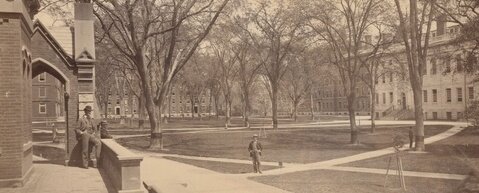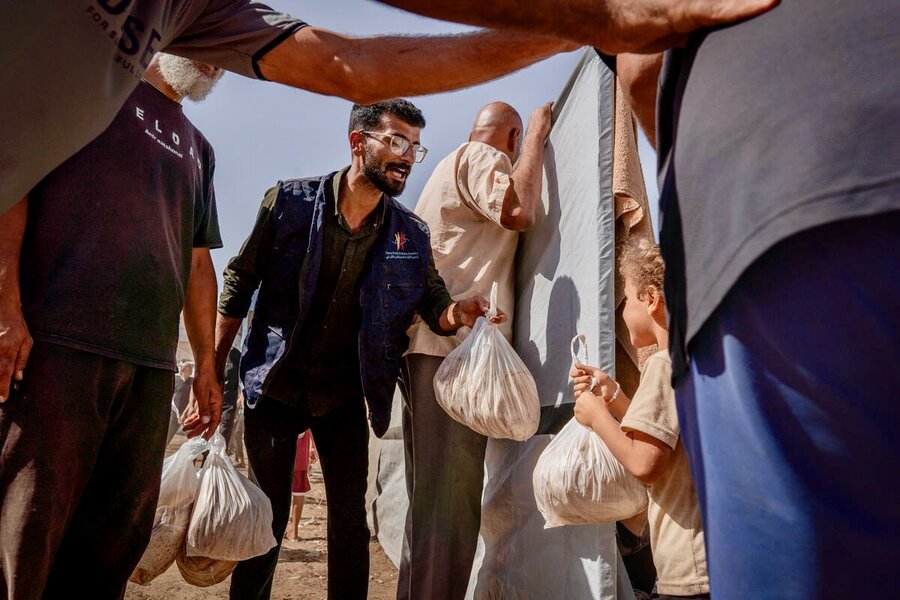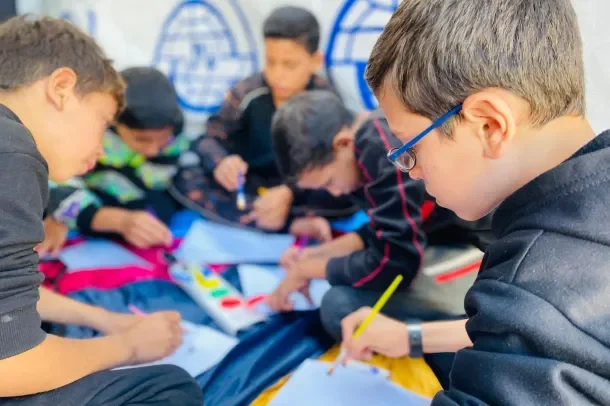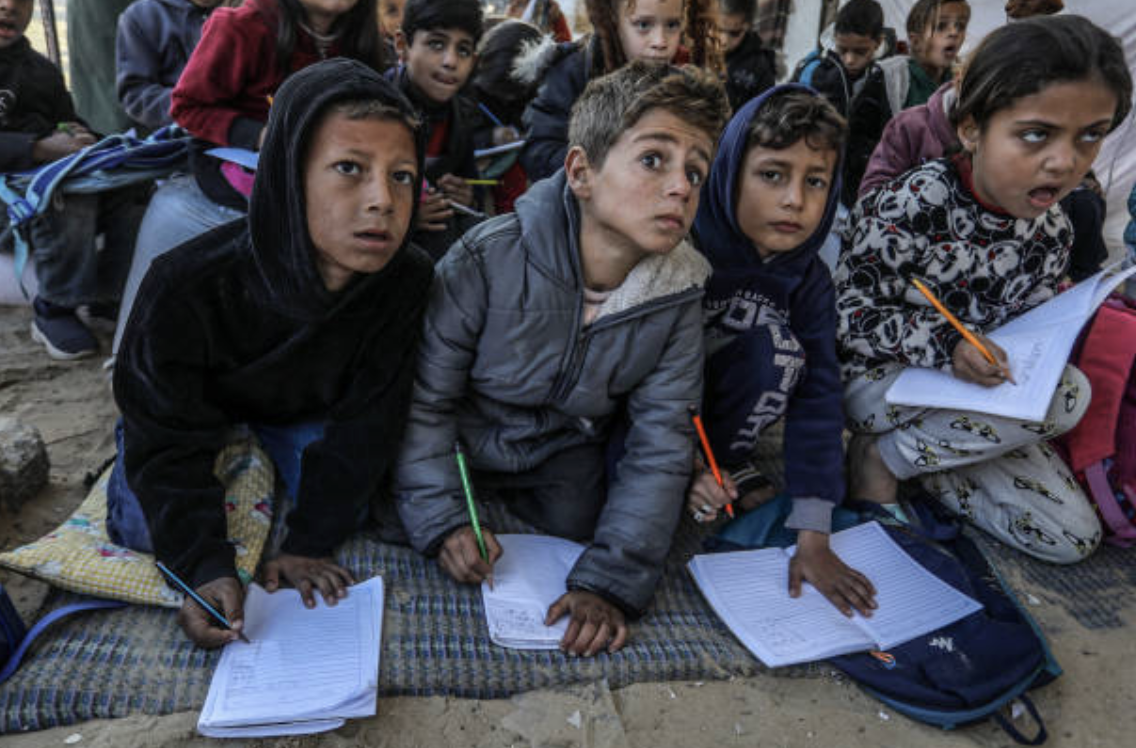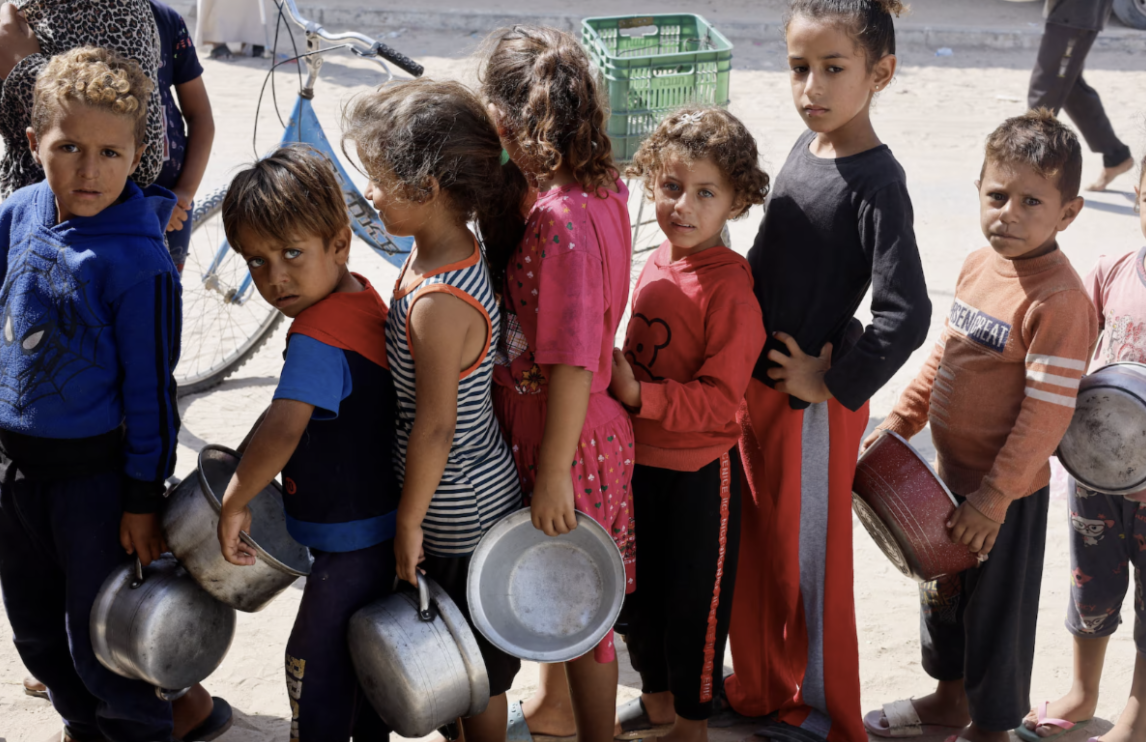I love rediscovering books. The scenario often goes something like this: 1) See an ad for a book via email or while browsing Amazon, 2) Buy the book, 3) Receive the book and plan to read it, 4) Not read it immediately and put it on a shelf, and 5) Rediscover the book months or years later. The latest version of the scenario played out before Christmas. I was looking for material for a devotional when I came across a thin collection of Christmas sermons by Thomas Long. He is one of the best preachers alive, so I thought he must have some wisdom for me. And he did.
In his book, “Something Is About To Happen…”, he shares the story of man who comes back to church week after week with a contagious enthusiasm for the life of faith. When asked what keeps him coming back, he responds “It’s strange, I know, but I get the feeling here, like nowhere else, that something is about to happen.” Long shares this story in the context of Advent. Jesus is about to arrive on Christmas. Something is about to happen – the world is about to change – but it is also something more. It is the persistent hope that lives will be impacted, faith will be restored, miracles will happen, people will be fed and healed, and more. Every day is something new. It is a new possibility.
I have commented many times that the reason I love my job is because everything is constantly changing. New challenges appear almost daily. The liturgical cycle keeps us moving and on our toes. The ebb and flow of the church year assures that there is something about to happen, almost always, that needs attention.
In Advent, we prepared and anticipate the arrival of Christ. In this season after Christmas, we expect the world to be changed by that birth. As I said at the Christmas Eve service, we are a part of that change. In a New Year and in all we do, we know that Christ is working. Something is happening…



